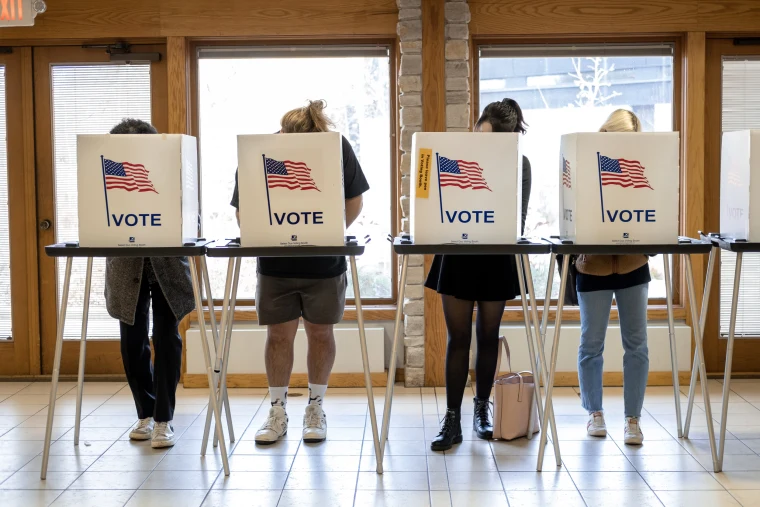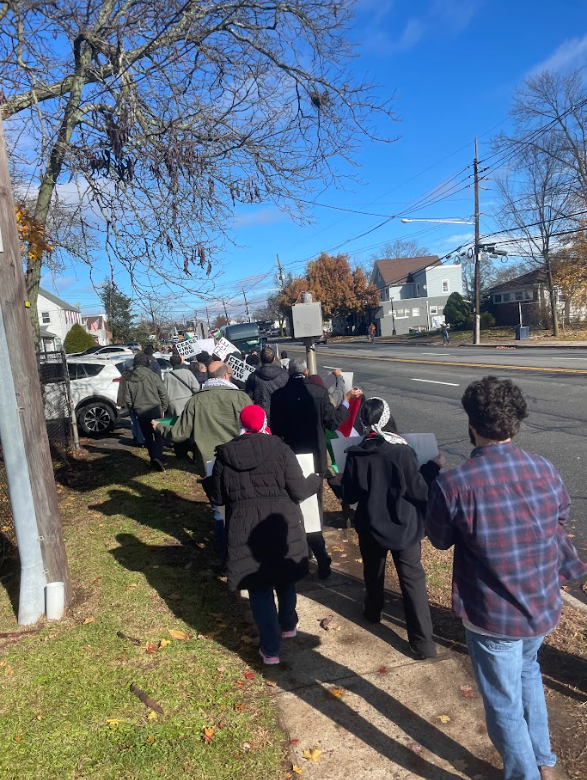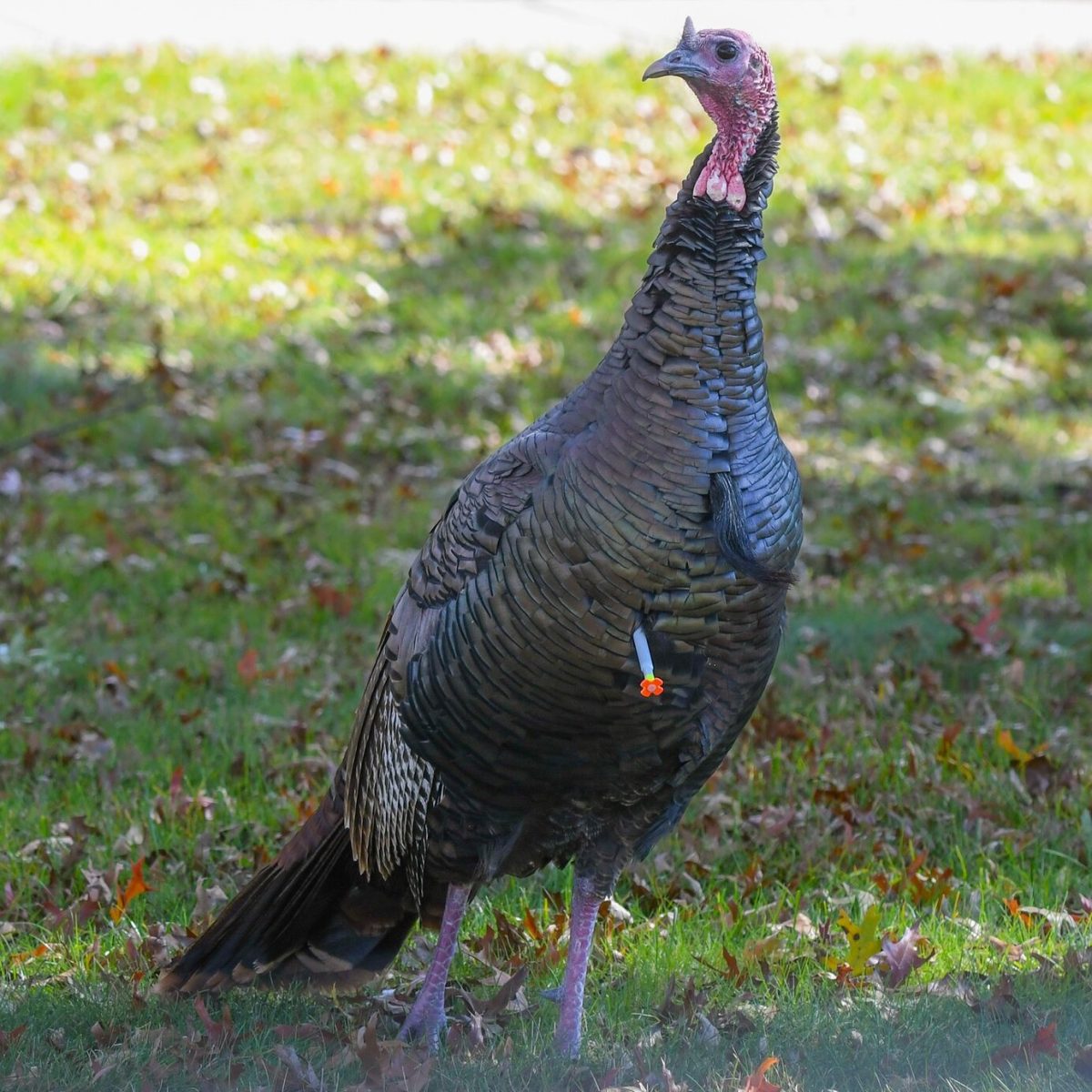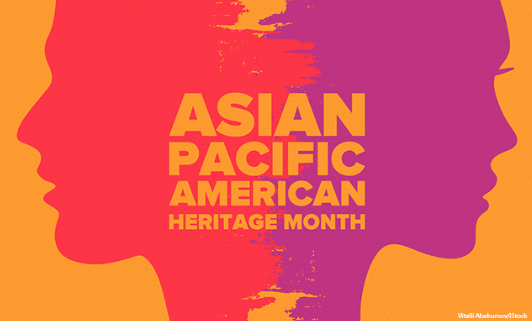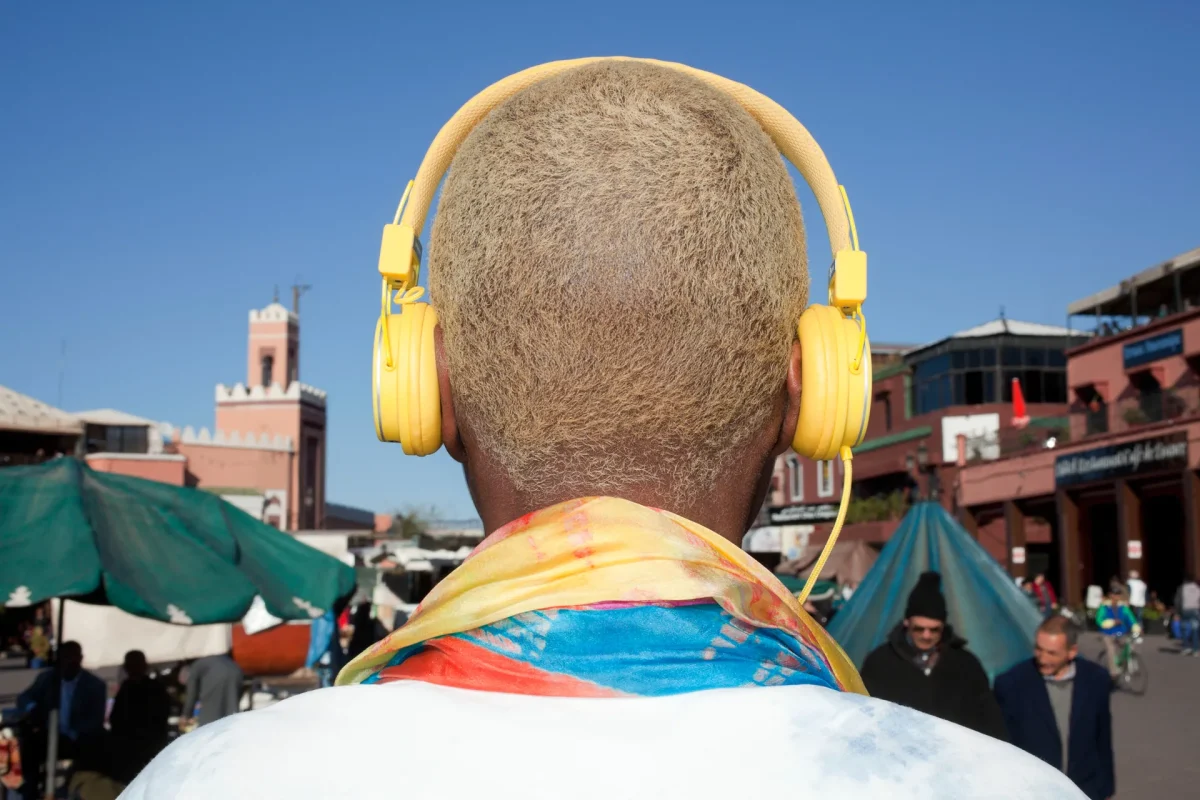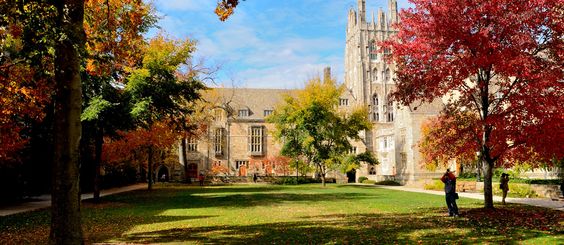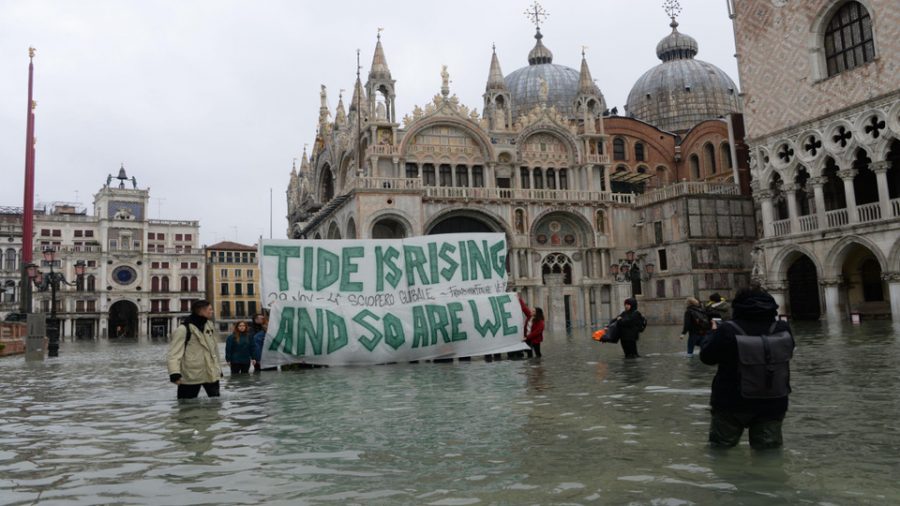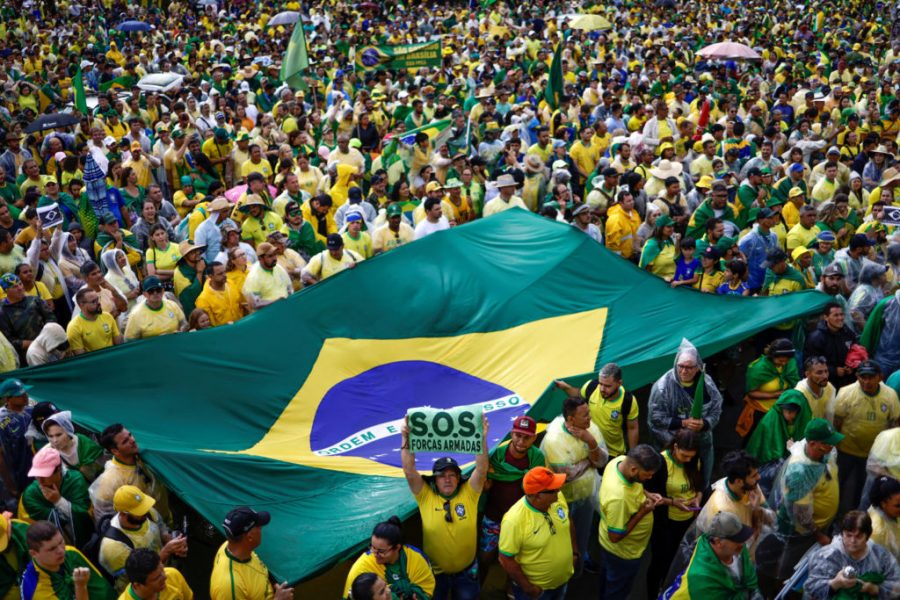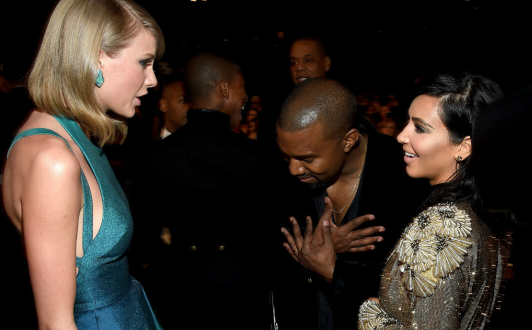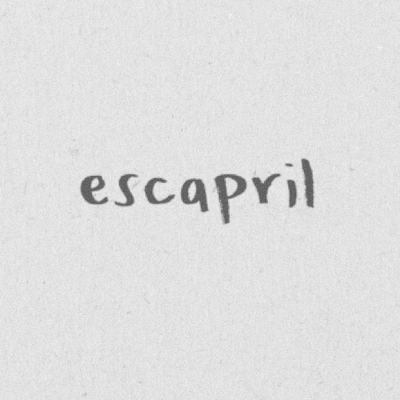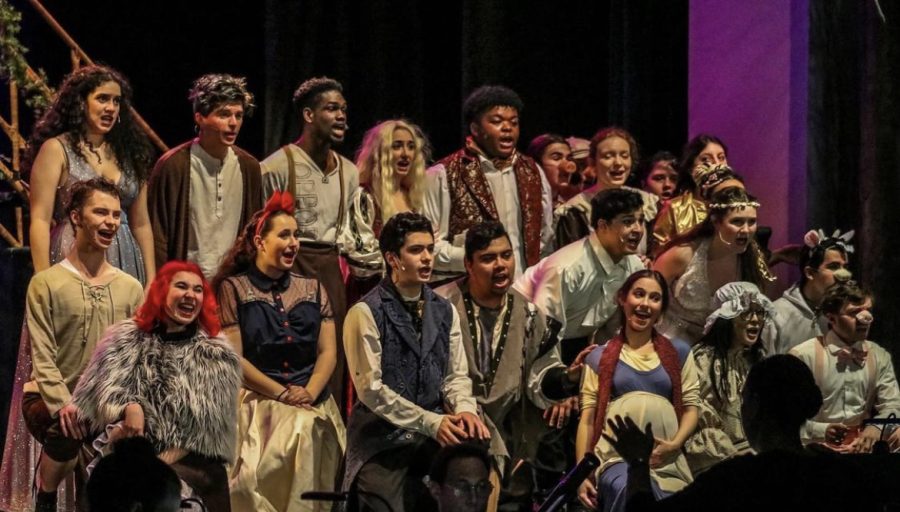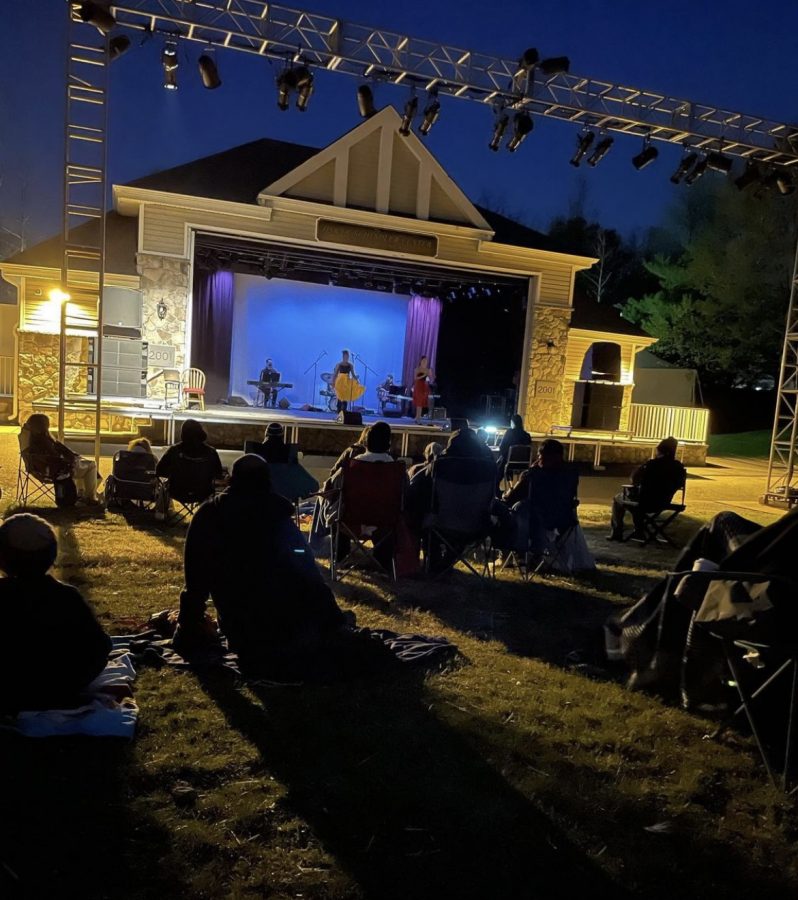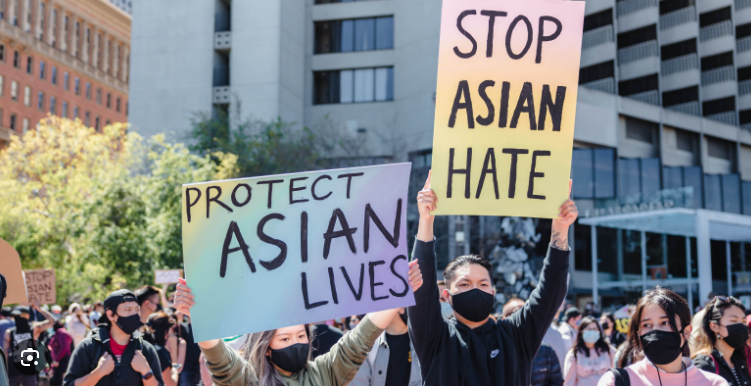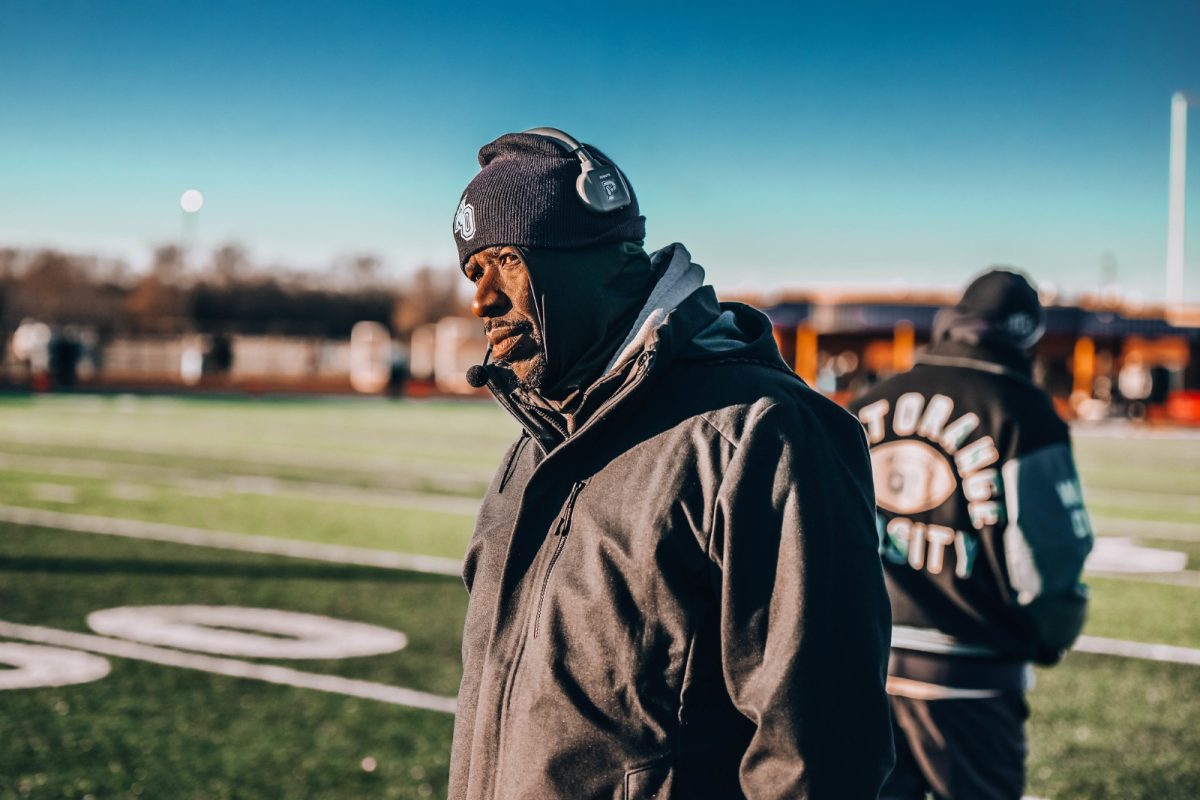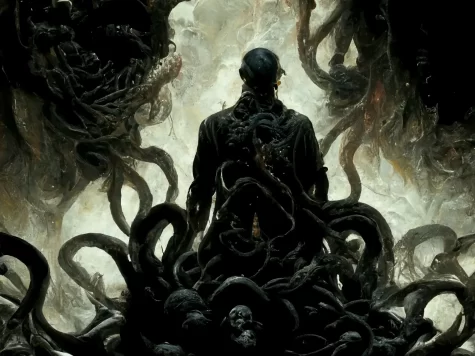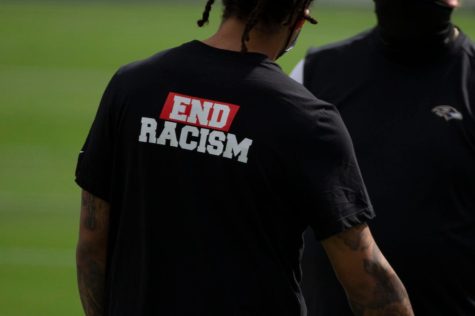The History of St. Patrick’s Day
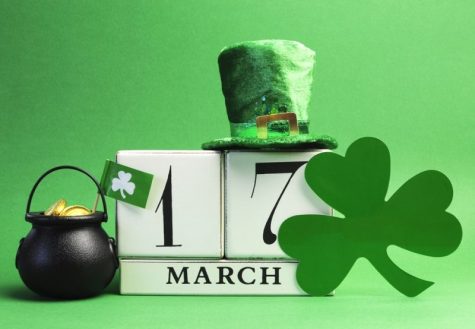
Every year, my family and I love to celebrate St. Patrick’s Day. It is a very enjoyable holiday that is celebrated by not only Irish people but many people around the world. With its very interesting traditions, it can bring people together. As a teenager with heavy Irish roots, I wanted to know what are the origins of this fun holiday, and why do we act on the special traditions every year?
According to britannica.com, St. Patrick’s Day is the celebration of St. Patrick, a patron saint in Ireland. St. Patrick was born in Roman Britain but was kidnapped and taken to Ireland as a slave. He escaped but returned back to Ireland in 432 CE to convert the Irish people to Christianity.
By the time he died, he had established many schools, churches, and monasteries, and had left a great impact on the Irish people. Ireland then celebrated his day with feasts and religious services every March 17, the day St. Patrick passed.
It was then the Irish immigrants that continued the celebration of St. Patrick in America. Many cities with a large number of Irish people held elaborate celebrations for the day, including large parades. Cities like Boston and New York held their first parades in the early to mid-18th Century respectively.
Large cities also have many other special celebrations. Chicago has been coloring their river green to mark the holiday, but what’s interesting is that the color blue was originally associated with St. Patrick, but the event is now commonly labeled with green to match the Irish colors.
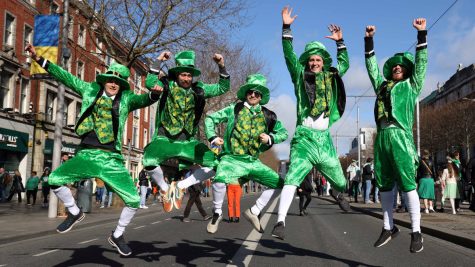
Thanks to these immigrants, Irish and non-Irish alike celebrate this holiday by wearing the color green or sporting an Irish shamrock. Corned beef and cabbage have also become a big part of the holiday, which is eaten because when Irish immigrants came to the country, those foods were less expensive compared to other American foods at the time.
Another big staple of St. Patrick’s Day is the Leprechaun. This creature is traced back to early Irish folklore. The story goes that if you do not wear green on the holiday, you are at risk of getting pinched. If you do wear green, you are invisible to the Leprechaun. Also, the Leprechaun was originally the color red but was changed to green to match the Irish colors.
As I celebrate St. Patrick’s Day again this year, I now appreciate the holiday after knowing what it started from. My hope is that people continue to celebrate the holiday and enjoy the compelling traditions this holiday has to offer.


